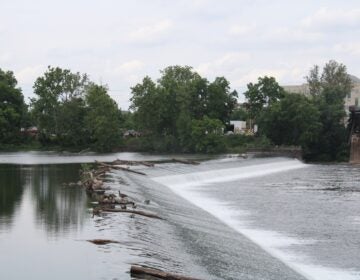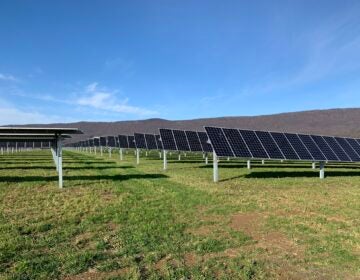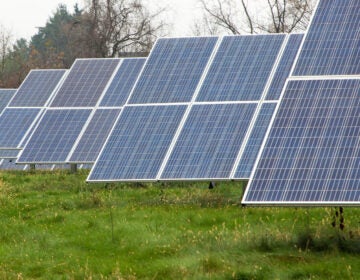Wilmington’s Hagley Museum is using old technology for a sustainable future
Historic dams along the Brandywine River are helping the museum get off the electrical grid.
This story is part of the WHYY News Climate Desk, bringing you news and solutions for our changing region.
From the Poconos to the Jersey Shore to the mouth of the Delaware Bay, what do you want to know about climate change? What would you like us to cover? Get in touch.
Wilmington’s Hagley Museum and Library was once home to a factory founded by E. I. du Pont, where workers produced gunpowder and black powder between 1802 and 1921 for agriculture, hunting, military and construction purposes. The du Ponts’ blasting powder helped create the Erie Canal, equip Union forces in the Civil War and build the Transcontinental Railroad.
Situated along the Brandywine River, the factory relied on dams and water power to run its operations. Today, the once loud and smelly factory buzzing with 450 workers is now a peaceful tree-lined park-like setting with views of the river. The historic factory buildings, family home and gardens have been conserved to offer tours and provide education on the history of innovation.
Though much has changed, Hagley is turning back the wheels of time and using the historic dams along the Brandywine to generate power to build a more sustainable future.
“One of the things that we’re really looking at as an institution, and something that we’ve been studying for almost the last decade, is looking into the potential to start creating our own hydroelectric power again,” said Mike Adams, director of museum and audience engagement. “We can find a way to use modern turbines, or historic turbines, to help generate electricity to reduce our impact on the electrical grid, and to be a little more sustainable in our practices.”

Dams were built along the Brandywine River in Wilmington as early as the 1700s to power mills that produced paper, textiles, flour and other products, long before the du Pont factory was founded. Dams provide energy by storing water from the river and releasing it into a water wheel or turbine, which rotates from the water’s weight and generates power for the factory’s machinery. The water is then returned to the river unaltered.
Hagley currently owns four dams along the Brandywine River, which the du Ponts used to power their factory over a century ago. There’s been an effort to remove some of the aging dams for safety reasons, and to help restore passage for migratory fish. However, Hagley’s dams are being protected because of their historical significance.
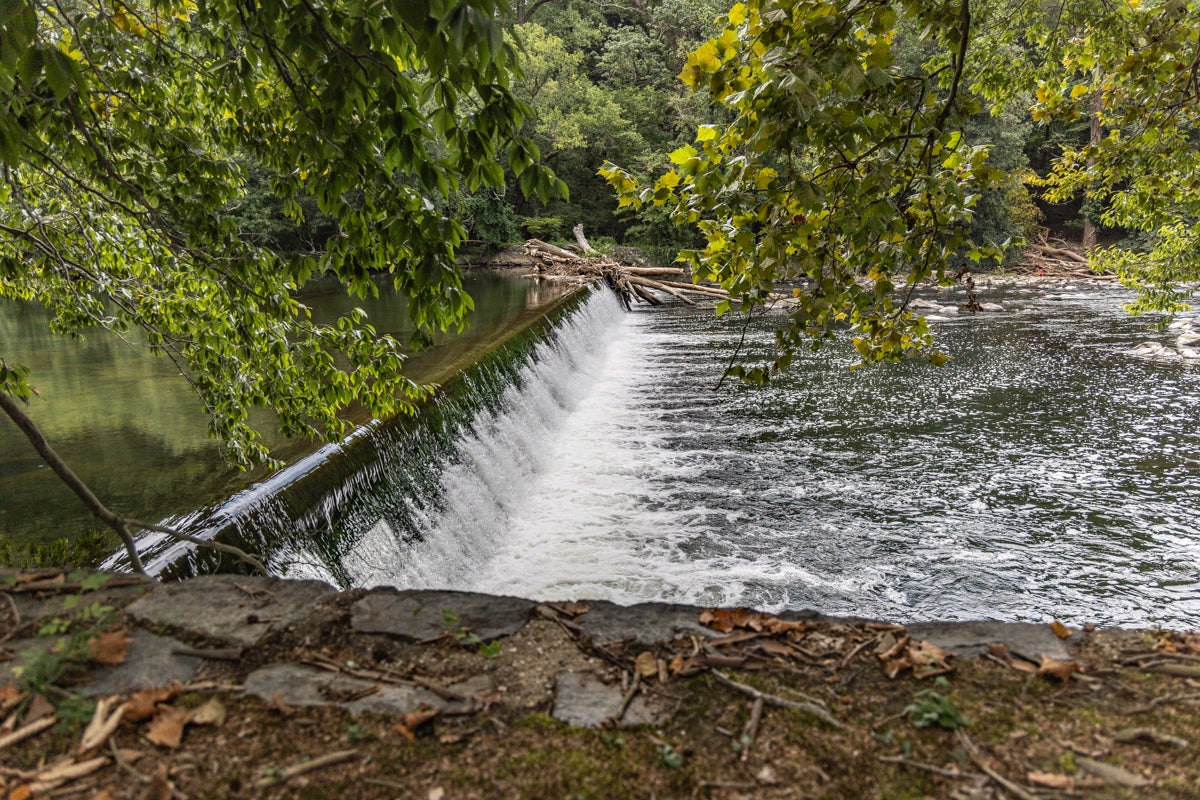
More than a decade ago, the museum began using the dam and historic equipment to generate power for the machine shop and to take it off the electrical grid.
About five years ago, Hagley dug up a 200-year-old turbine buried under the mud for a century. Soon, this antique machinery joined forces with modern invention. The museum attached it to a new hydroelectric system to power up an electric shuttle bus that takes visitors around the museum and grounds.
“Every time we use the electric shuttle instead of the gas shuttles, we’re probably saving about a gallon or more of gas, which is a significant reduction in the carbon footprint since the shuttle runs every 20 minutes,” Adams said.
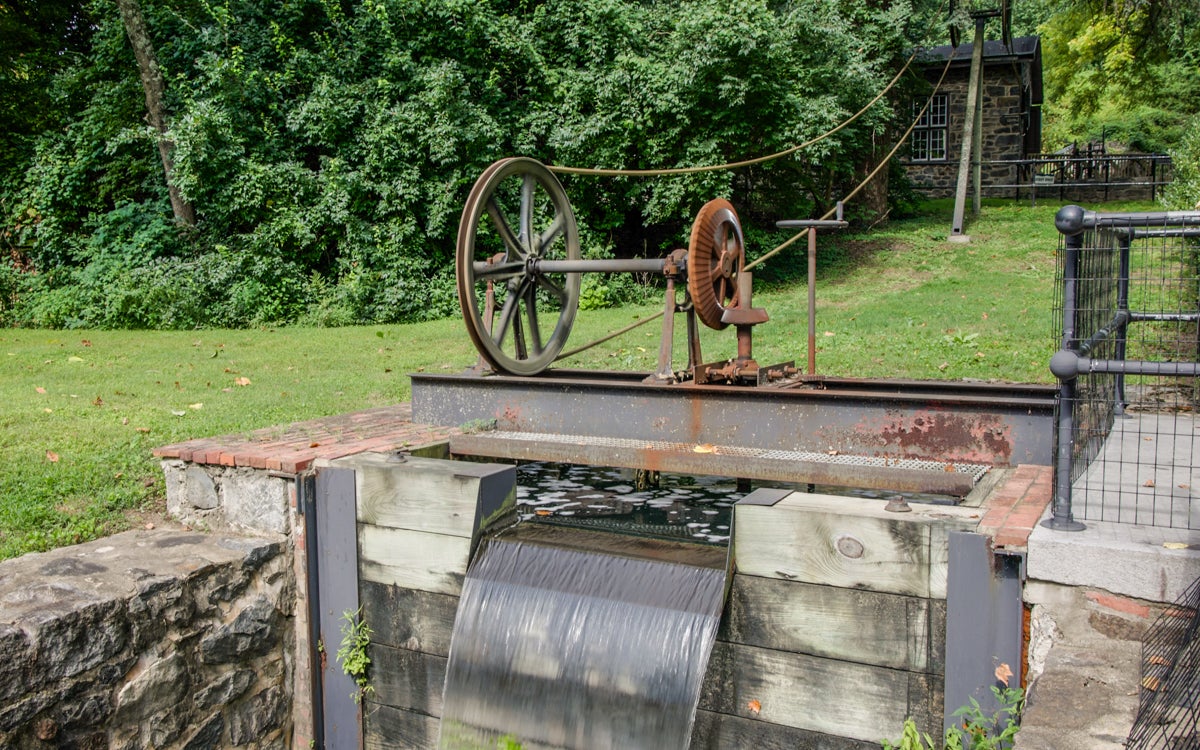
Hagley’s ultimate goal is to get as much of the property off the grid as possible. The museum would like to power a whole fleet of vehicles, charging stations for visitors and staff, and possibly even power the visitor center and administrative buildings using the dams.
“People in the 1890s figured this out without computers, AI, engineering software to support them, and they were able to figure out these complex systems using but not abusing the landscape to power all their equipment in their operations,” Adams said. “There’s really no excuse for why we can’t do more with waterpower in the 21st century.”


Get daily updates from WHYY News!
WHYY is your source for fact-based, in-depth journalism and information. As a nonprofit organization, we rely on financial support from readers like you. Please give today.



